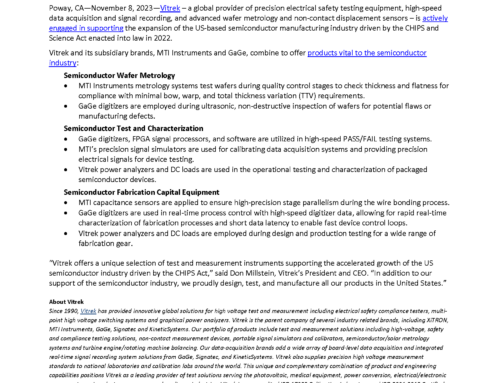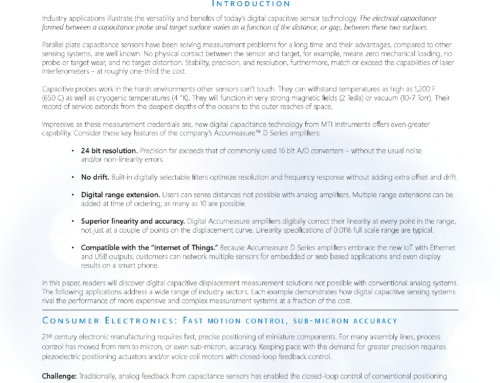Brake Rotors Thickness Variation
Description
Introduction
Driving cross country or cross town, we give little thought to the operation or complexity of our vehicle braking systems. They only cross our mind when we absolutely need them; we never stop to think about the extensive design and testing that makes them such a lifesaver.
Take the brake rotor for example. Under normal operating conditions it’s subjected to extreme temperatures and forces, which can cause rotor distortion and potential failure. To make certain it can withstand these conditions; extensive laboratory testing is performed to optimize design for longevity, short stopping distance, and vibration free operation. Extensive on-vehicle testing is done under real life conditions to test prototype units and engineering designs. Test vehicles are driven for long periods of time while brake performance is monitored by a variety of sensors and data acquisition systems.
For efficiency reasons brake rotors are becoming lighter, thinner and designed with cooling vents to improve performance. These changes continue to reduce the braking surface, forcing designers to consider alternative materials and designs. This is where MTI Instruments (MTII) comes in.
In order to simulate what a driver encounters on a daily basis, test vehicles are equipped with both high temperature displacement probes and temperature sensors to actively monitor the brake rotor. Data on disk runout, disk thickness variation (DTV), disk “coning” (warpage), and temperature are continuously collected and monitored from inside the vehicle. A combination of city, country and highway driving courses are set up along with many designated braking locations to fully simulate in days what a driver typically experiences in weeks or even months. This information is used by brake designers to determine how long a braking system will operate and its overall performance. Once a design is proven, mass production begins.
The Problem
No brake rotor is perfect. Inconsistencies in manufacturing processes introduce thickness variation and runout so it’s important to identify these conditions prior to installation in a vehicle. In order to accomplish this, dynamic measurements of the rotor are required on the production line. Conventional non-contact capacitance displacement sensors are used to monitor the distance between the probe and the rotor while spinning. Up to three sensors can be placed on the holder for better results and more accurate rotor mapping. MTI manufactures High Temperature capacitance probes able to withstand 1200¬∞ F (650¬∞C). The probes are made from Inconel and ceramic high temperature materials.

The Solution
MTII’s newest Multi-Channel brake rotor measurement system, the Accumeasure™ D Series provides up to 4 independent measurement channels in a rugged, compact amplifier package. With Multiple Unit Synchronization several units can be coupled together for multiple point measurements. Range extension is also possible with this digital amplifier; a truly evolutionary design that uses the latest technology to convert a highly reliable capacitive electric field measurement (displacement) directly into a precise 24 bit digital reading. MTII’s Digital Accumeasure software allows data to be displayed on a laptop or saved to CSV file for further data reduction.

MTII also offers an analog 500 series Rack system with AS563 Probe Amplifiers which will work with the High Temperature probes and offers a 12VDC option as well as 120VAC.
Several major vehicle manufacturers have standardized on MTII’s Accumeasure high temperature sensors and the Accumeasure™ D Series amplifier for their testing requirements. In addition to brake testing MTII’s sensors have been used in demanding applications such as spindle and shaft runout, engine vibration, thermal expansion and contraction, suspension travel and fuel injector motion to name a few. MTI Instruments, Inc. offers several styles and types of non-contact sensors that can be customized to your exact requirements. If you have a difficult application to solve, contact our experienced team of application engineers who will thoroughly analyze your requirements and guide you to a practical, cost-effective solution.



